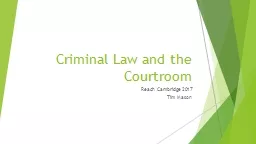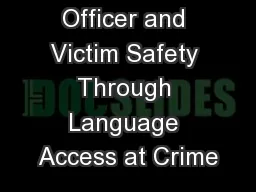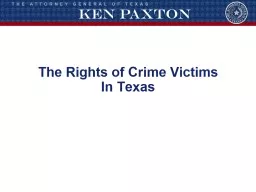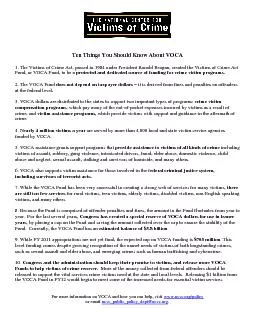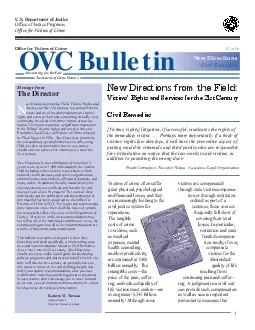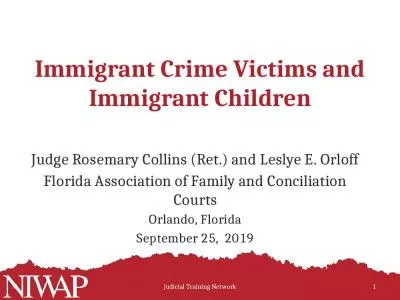PPT-Law Enforcement and Prosecution Best Practices: Immigrant Crime Victims,
Author : olivia-moreira | Published Date : 2019-11-03
Law Enforcement and Prosecution Best Practices Immigrant Crime Victims Language Access and the U Visa Gulf Coast Center for Non violence Conference Biloxi Mississippi
Presentation Embed Code
Download Presentation
Download Presentation The PPT/PDF document "Law Enforcement and Prosecution Best Pra..." is the property of its rightful owner. Permission is granted to download and print the materials on this website for personal, non-commercial use only, and to display it on your personal computer provided you do not modify the materials and that you retain all copyright notices contained in the materials. By downloading content from our website, you accept the terms of this agreement.
Law Enforcement and Prosecution Best Practices: Immigrant Crime Victims,: Transcript
Download Rules Of Document
"Law Enforcement and Prosecution Best Practices: Immigrant Crime Victims,"The content belongs to its owner. You may download and print it for personal use, without modification, and keep all copyright notices. By downloading, you agree to these terms.
Related Documents







